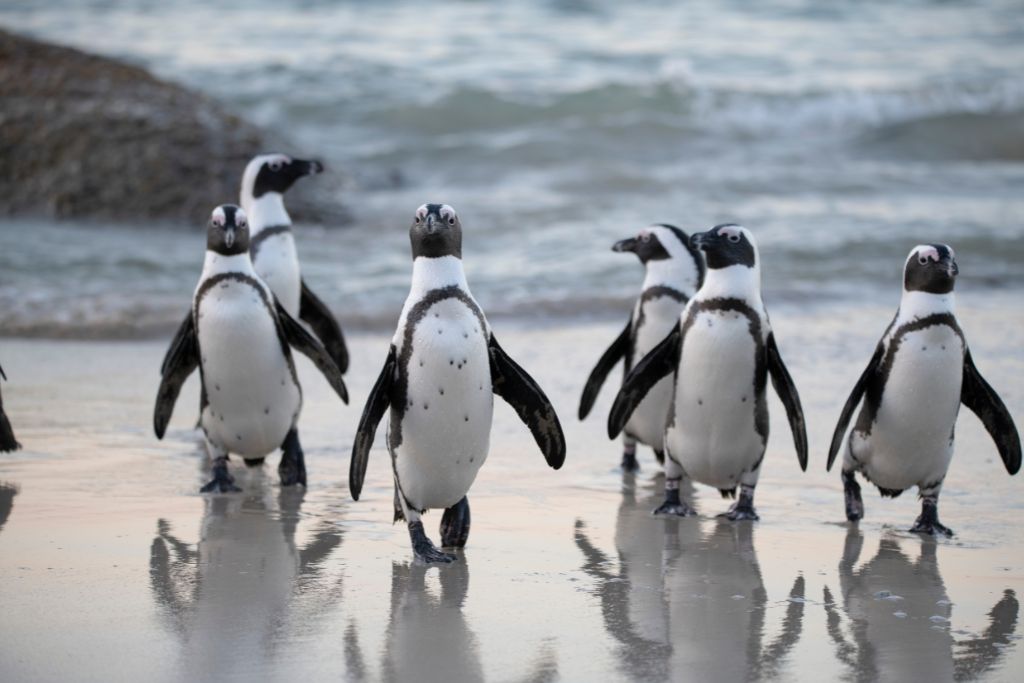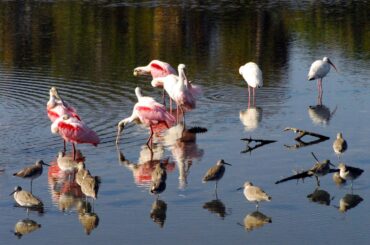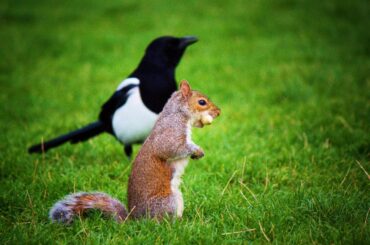Have you ever considered why some birds walk instead of fly? This piece will show you the interesting lives of 11 birds that like to walk, showing you how amazing striders are in nature. What makes these birds that walk on the ground stand out from other birds? Let’s look more closely at this exciting part of bird behavior and find out why they go on trips on Earth.
Most birds can fly, but some can only walk. Animals like ostriches, seals, and roadrunners are known for only being able to walk. This preference for walking serves a reason other than getting around. These birds walk to get around and plan their moves. Their skills on land help them stay alive by helping them find food and avoid dangerous animals.
To stay alive and adapt, some birds walk instead of flying. These birds walk quickly over different surfaces to hunt and find food. Birds that run both to attack and defend are great runners. These behaviors show how well birds can adapt to their vast natural world, where each species finds its own place to live.
Discovering 11 Birds That Walk on the Ground
These beautiful birds that walk on the ground show how different they are and how they behave. Let’s look into the lives of birds that walk on the ground, like woodcocks and penguins.
1. Woodcock (Scolopax rusticola)
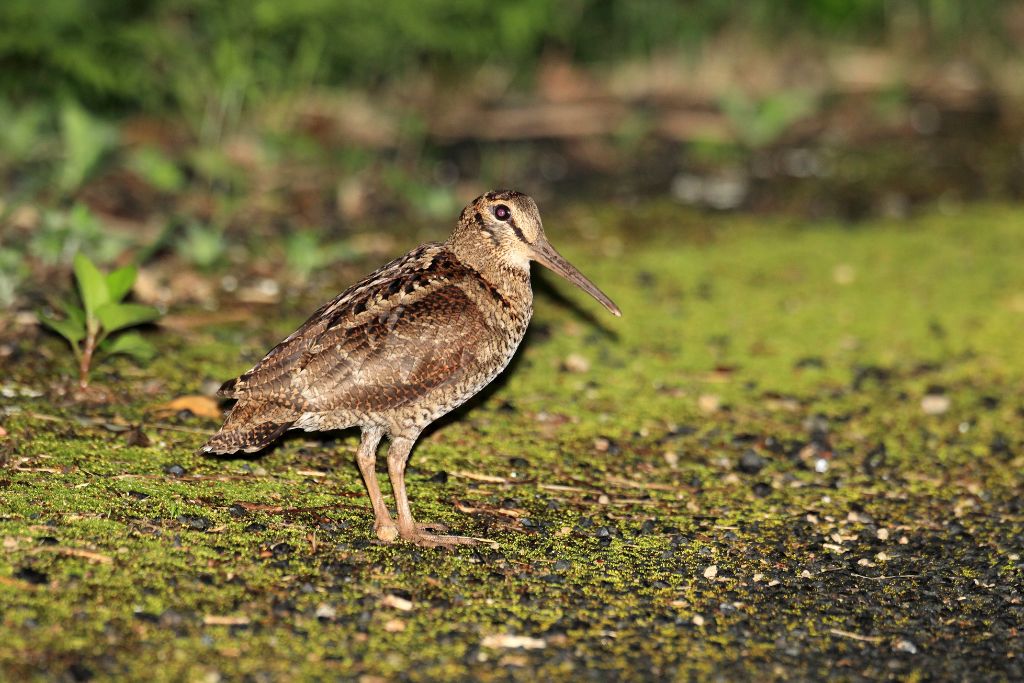
The woodcock is a cool bird with interesting behavior. Its big bill and mottled brown feathers make it look attractive. Their feathers help them fit in with their surroundings and live in damp forests.
Watching woodcocks walk is interesting because they take slow, deliberate steps and rock back and forth. Interestingly, woodcocks hunt for earthworms with their long bills because they are tasty.
2. Emu (Dromaius novaehollandiae)

The Australian emu is a big bird that can’t fly. Emu birds are easy to spot because they have short wings, long legs, and soft brown feathers. These birds do very well in the Australian desert, where they can move around easily.
With their careful walking style, emus can easily cross long distances. Even though they can’t fly, emus are great swimmers. Strong legs help them get through the water.
3. Rhea (Rhea Americana)
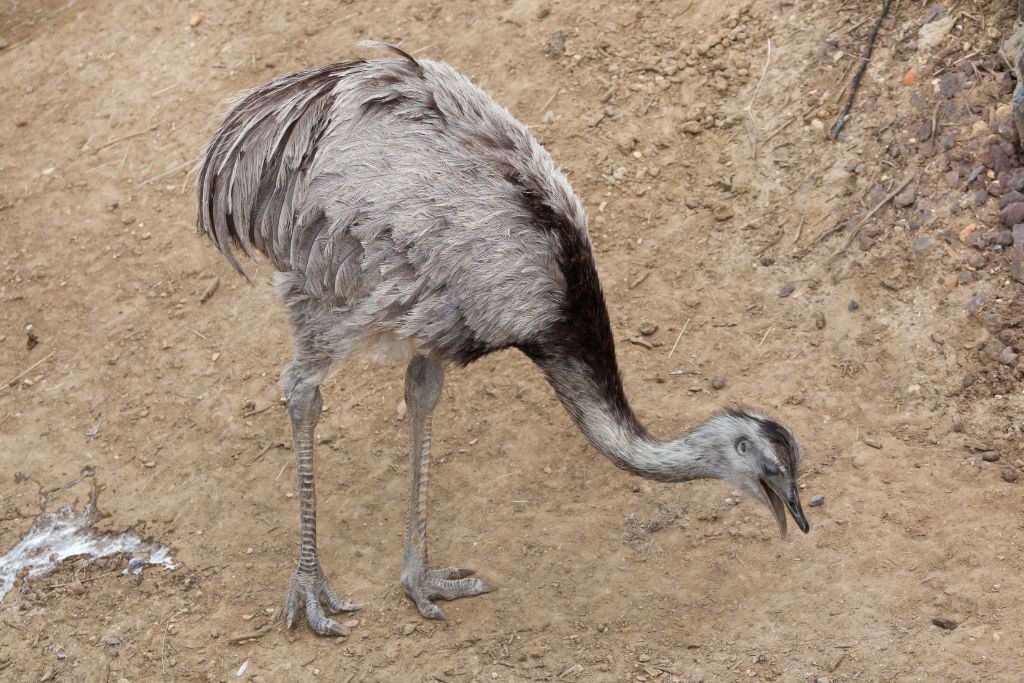
The South American rhea is a beautiful bird that can’t fly. Rheas like to live in fields and bushes because their legs and necks are long. These birds walk smoothly on their strong legs. They are fast and good at running. Rheas have families, and the male takes care of the eggs and chicks.
4. Great Snipe (Gallinago media)
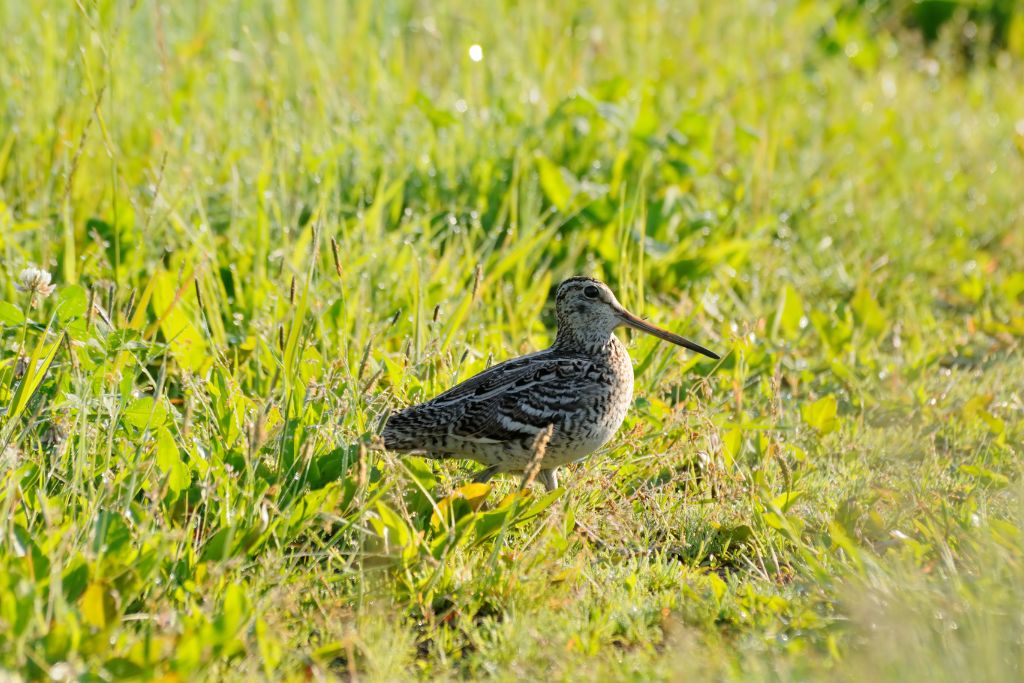
The dark and white feathers on great snipe are fascinating. When they are breeding, male great snipes fly very well. These birds that live on the ground are common in ponds and marshes because they move slowly.
It’s amazing how far great snipes travel. It shows how persistent they are and how well they can find their way, which makes them interesting bird themes.
5. Sandgrouse (Pteroclididae family)

Sandgrouse navigates dry settings with extraordinary traits. Their remarkable stripes and well-camouflaged plumage stand out in deserts. These ground-walking birds walk gracefully on sturdy legs.
They are known for their desert adaptation, appearance, and attitude. Moistening their belly feathers to carry water to their young reveals their creativity. Sandgrouse are fascinating because they can tolerate extreme conditions.
6. Jacana (Jacanidae family)
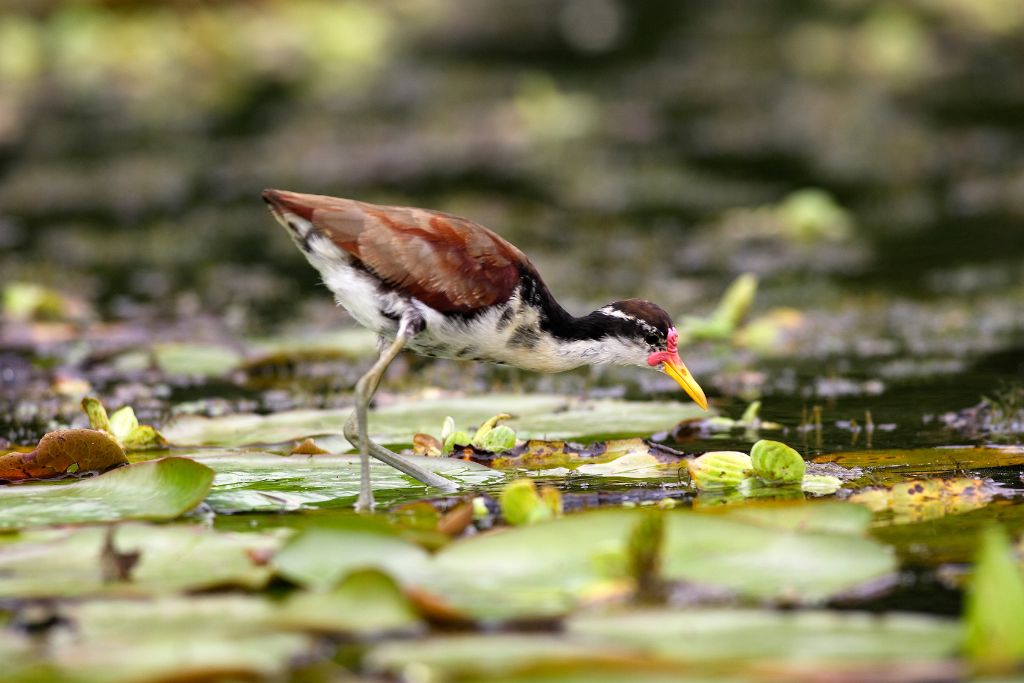
Jacana is a beautiful bird with some special traits. The bright feathers and long, thin legs of these small to medium-sized birds make them easy to spot. They walk on lily pads with their long toes in warm wetland areas.
Due to their behavior, they can easily move across water surfaces, which is very interesting to watch. Male jacanas build homes and raise chicks, which goes against what most birds do.
7. Ostrich (Struthio camelus)

The ostrich is the largest bird. Its appearance and behavior are unusual. They have long necks and legs. African savannahs are home to ostriches. It walks differently, with short, forceful steps. They can run 45 mph and walk well. The fact that ostriches can use their strong legs to kick away enemies illustrates how flexible they are and how they survive.
8. Kiwi (Apteryx spp.)
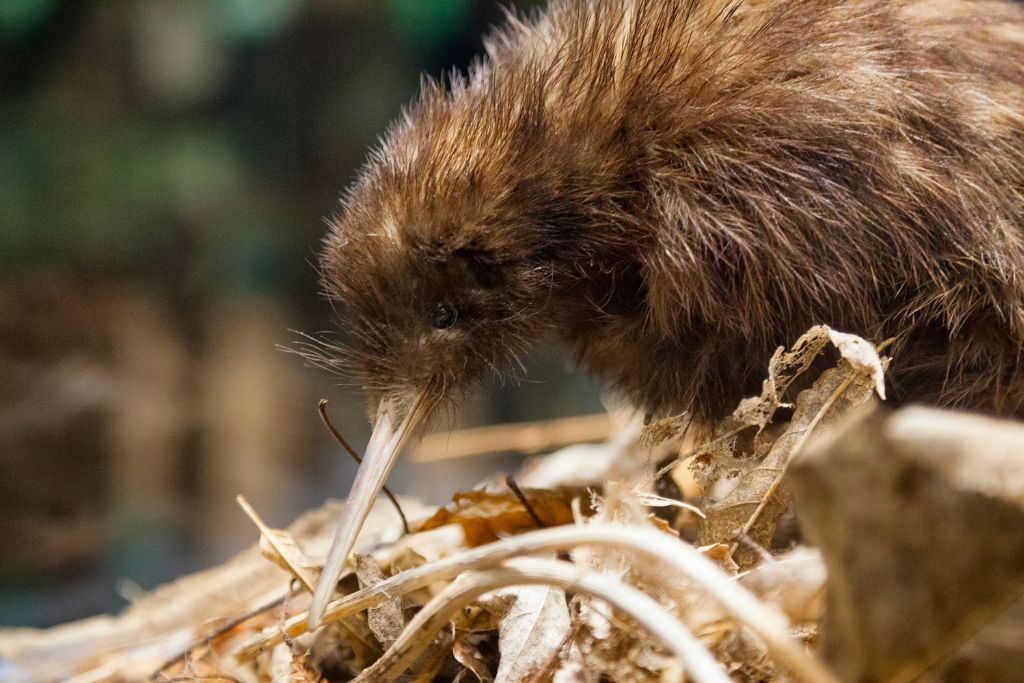
Kiwis are unique birds that only live in New Zealand. They have a unique look and behavior. They are active at night, and they like fields and forests. Their unique way of moving helps them find bugs and worms on the forest floor, thanks to their short, strong legs.
For their size, kiwis lay the biggest eggs of any bird. Because of this trait, birds that walk on the ground are charming and important to New Zealand’s ecology.
9. Secretary Bird (Sagittarius serpentarius)
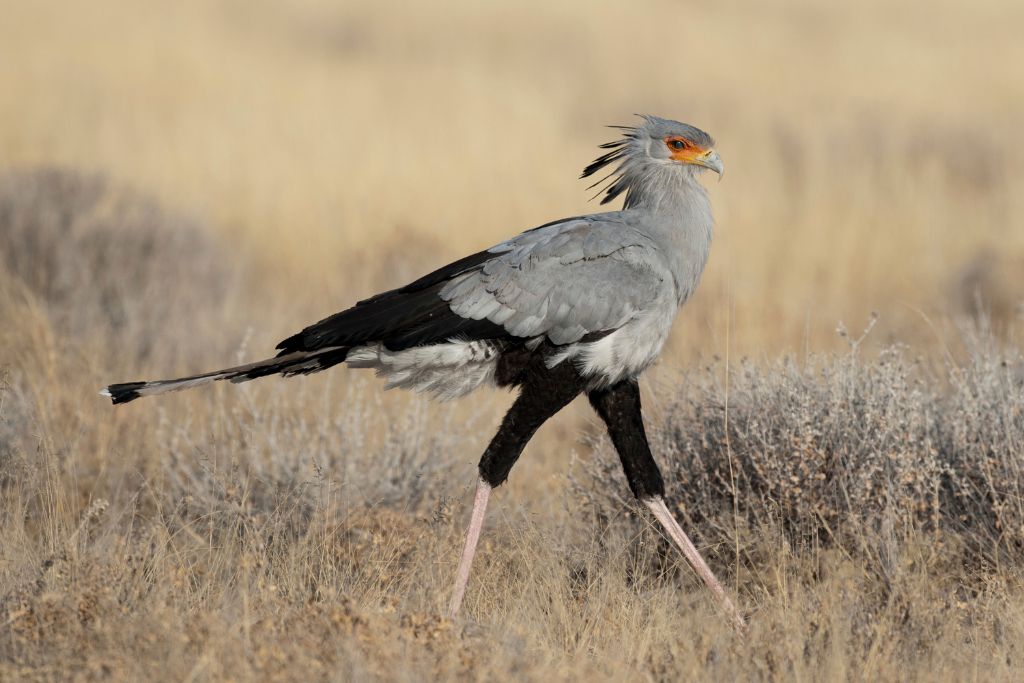
Secretary birds are unique birds of prey. Long legs, a crested head, and a powerful beak help them survive in grasslands and savannahs. This ground-dwelling bird walks purposefully like a snake. Strong legs help secretary birds hunt snakes and insects.
Their graceful aerial movements during courtship show their dexterity. Its interesting characteristics make the secretary bird a popular bird subject.
10. Plains-Wanderer (Pedionomidae family)
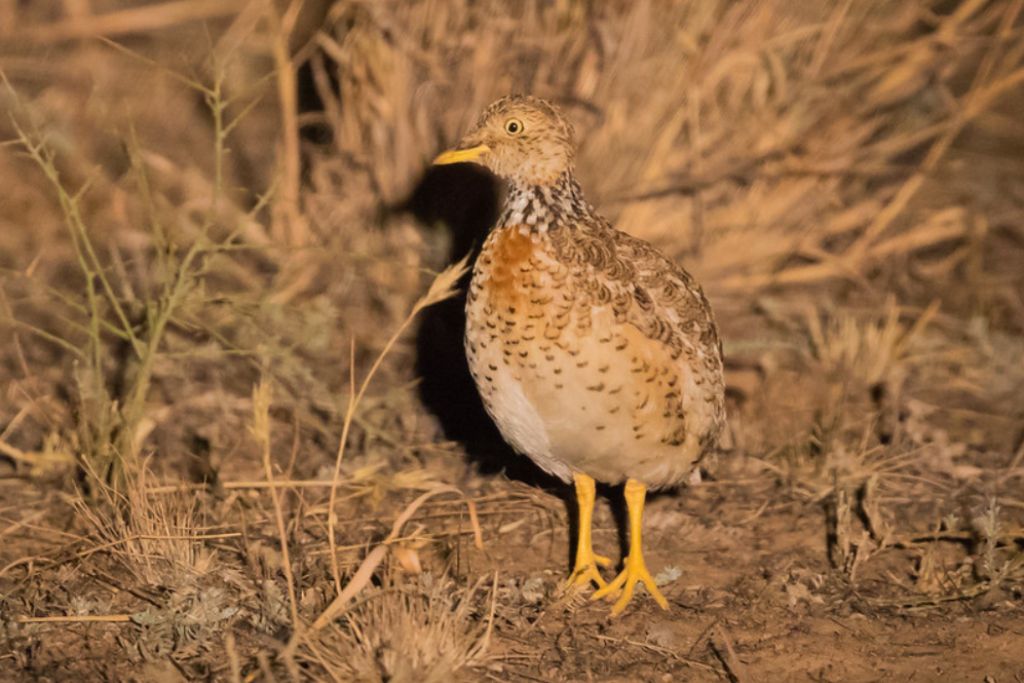
The plains-wanderer is a mysterious bird with distinguishing traits. These little, intricately marked ground-dwelling birds frequent grasslands and plains. Their methodical walking pattern helps them navigate their preferred habitat.
They deposit eggs in a tiny dip in the ground, simulating a nest. This behavior helps them conceal and survive in open spaces. Birdwatchers are fascinated by the plains-wanderer’s elusiveness and strange habits.
11. Penguin (Spheniscidae family)

Flightless penguins are lovely aquatic birds with unique habits. Penguins swim quickly due to their streamlined body and flipper-like wings. Their comical waddle on land illustrates their terrestrial and aquatic versatility.
They inhabit Antarctica, South America, and Africa. Penguins breed and nurture their young in large colonies, which is fascinating. They are also loved for their cuteness and ability to tolerate challenging situations.
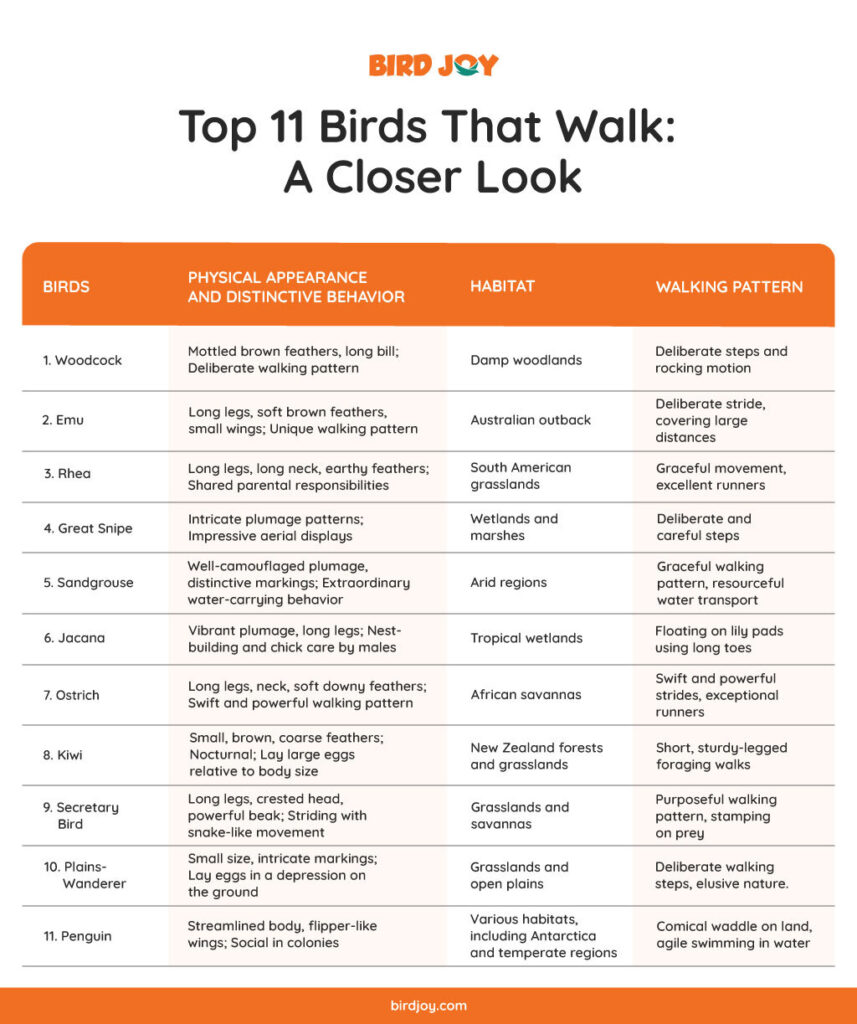
Final Thoughts
Groundbird enthusiasts discover a wonderful tapestry of nature. From the ostrich’s cautious walks on African savannahs to the jacana’s captivating water-walking in tropical wetlands, each bird has its own personality. These birds may thrive in numerous settings and have unique movement habits.
We can appreciate nature’s beauty and the need to preserve ground-striding creatures while reading their stories. Understanding their environmental roles can conserve our feathered friends and keep them interesting for future generations.
FAQs
What is a Bird Walk Called?
A bird walk, also called “birding” or “birdwatching,” is a way to see and identify birds in their natural environments.
How Do Birds Walk?
Birds move their legs at the same time. Different types of birds move with hops, steps, or strides. Other animals walk differently, such as with heavy ostrich steps or graceful sandgrouse steps.
Which Bird has Walking Feet?
Ostriches have “walking feet.” They can walk quickly and purposefully because their legs are long and strong. This makes them great runners. They walk a lot in the African savannas, so this trait helps them stay alive.

